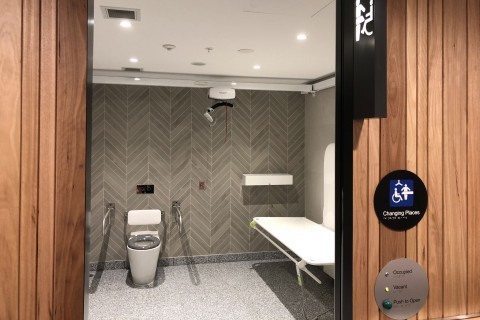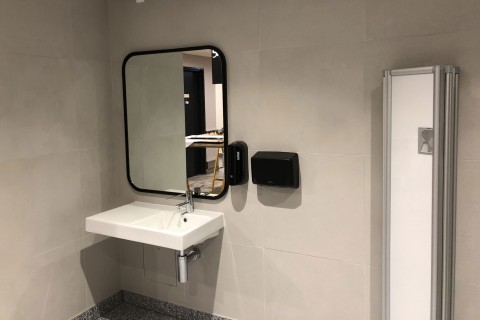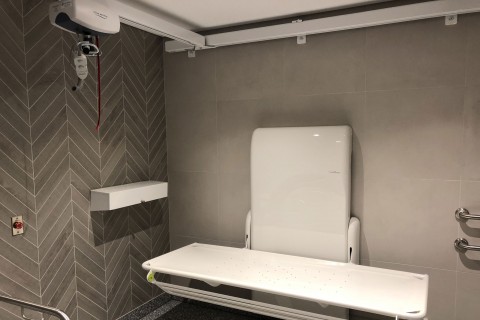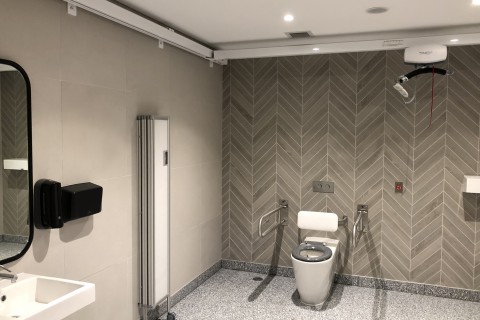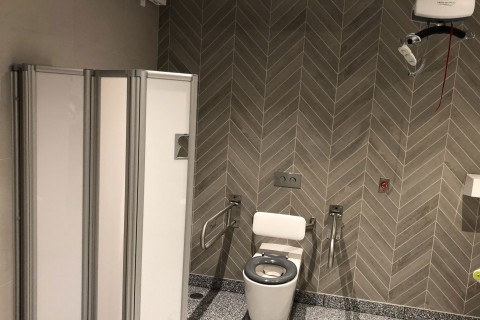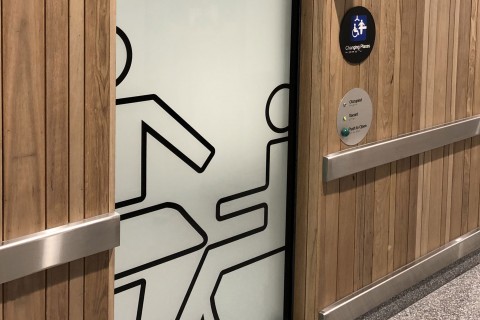The NDIS SDA Price Guide 2020-21 has an Appendix B for Annual Base Price per participant for New Builds, Appendix C for Annual Base Price per participant for Existing Stock and Appendix D for Annual Base Price per participant for Legacy Stock.
However, we regularly get the question in regard to what can be considered as a New Build, Existing Stock and Legacy Stock or none of these and therefore ineligible for SDA. The NDIS SDA Rules 2020 and NDIS SDA Price Guide 2020-21 both have definitions for New Build, Existing Stock and Legacy Stock, however with minor differences in both documents.
To break this down first it is important to assess if the Dwelling can be considered to be a New Build. A dwelling that has been built or renovated post April 2016 in some circumstances can also be considered to be a New Build.
To qualify as a 'New Build' under the NDIS SDA, the dwelling needs to comply with the following 5 conditions:
1. Date of Certificate of occupancy; and
2. Total number of residents in the dwelling; and
3. Design requirements of the dwelling; and
4. Density requirements; and
5. Age of the dwelling.
1. Date of Certificate of occupancy.
There are 2 options to comply with this first requirement, noted below as Option A and Option B.
Option A: The very FIRST certificate of occupancy (or equivalent) was issued on or after 1 April 2016. This is important to note the use of the word 'FIRST' in this requirement; or
Option B: The dwelling has been renovated or refurbished and issued with a certificate of occupancy (or equivalent) after 1 April 2016, AND:
i) because of the renovation or refurbishment the dwelling meets the Minimum Requirements for a Design Category other than Basic design as noted in the Table 3 of the SDA Price Guide; and
ii) the cost of the refurbishment is equal to or greater than the amount set out in the SDA Price Guide, Appendix F – Minimum Refurbishment Costs for New Builds ($2019/20)
2. Total number of residents in the dwelling.
There are 2 options to comply with this second requirement, noted below as Option A and Option B.
Option A: It is enrolled to house five or fewer long-term residents (excluding support staff); or
Option B: It is the home of a participant who intends to provide SDA to themselves (as a registered provider) and to reside there with the participant’s spouse or de facto partner and children.
3. Design requirements of the dwelling.
All its shared areas, and the bedrooms and similar sized private rooms comply with the Minimum Requirements for a Design Category other than Basic design set out in Section 2B, Table 3 of the NDIS SDA Price Guide. Note that new requirements for design apply post 1st July 2021. Read more about the design requirements here.
4. Density requirements.
The SDA developer needs to confirm that the development does not breach the density restrictions for New Builds in s 31 of the SDA Rule 2020s 31 of the SDA Rule 2020. The density restrictions apply when there are multiple dwellings on a single parcel of land. For more information on Density requirements, read our article on Density requirements or use our SDA Density Calculator.
5. Age of the dwelling.
Fewer than 20 years should have elapsed from the date the certificate of occupancy (or equivalent) in Condition 1 of the Definition of New Build above was issued.

To qualify as a 'Existing' under the NDIS SDA, the dwelling needs to comply with the following 6 conditions:
1. Certificate of occupancy; and
2. Design requirements of the dwelling; and
3. Total number of residents in the dwelling; and
4. Use of Dwelling between 1 July 2013 and 1 Dec 2016; and
5. Type of the dwelling; and
6. Previous funding received by resident of the dwelling.
1. Certificate of occupancy.
The dwelling does not have a certificate of occupancy for a New Build
2. Design requirements of the dwelling
There are 2 options to comply with this second requirement, noted below as Option A and Option B.
Option A: All shared areas and any bedrooms for use by SDA-eligible participants comply, or substantially comply, with the Minimum Requirements for HPS,FA, IL, RO or Basic as noted in the SDA Price Guide OR
Option B: Where dwelling is home of a participant who intends to provide SDA to themselves- All shared areas, and any bedrooms for use by SDA-eligible participants comply with the Minimum Requirements for HPS,FA, IL, RO or Basic as noted in the SDA Price Guide
3. Total number of residents in the dwelling
Dwelling is enrolled to house five or fewer long-term residents (excluding support staff) OR
Dwelling is the home of a participant who intends to provide SDA to themselves (as a registered provider) and to reside there with the participant’s spouse or de facto partner and children
4. Use of Dwelling between 1 July 2013 and 1 Dec 2016.
Dwelling, at some time between 1 July 2013 and 1 December 2016, primarily used as accommodation for people with disability who have an extreme functional impairment or very high support needs. (This requirement does not apply where dwelling is home of a participant who intends to provide SDA to themselves).
5. Type of the dwelling.
Dwelling is not an aged care, health care or other facility that is not specifically intended for use as disability accommodation. (This does not apply where dwelling is home of a participant who intends to provide SDA to themselves)
6. Previous funding received by resident of the dwelling.
Dwelling housed at least one resident who received disability related supported accommodation (or equivalent) payments from a State, Territory or Commonwealth Government at some time between 1 July 2013 and 1 December 2016. (This does not apply where dwelling is home of a participant who intends to provide SDA to themselves)
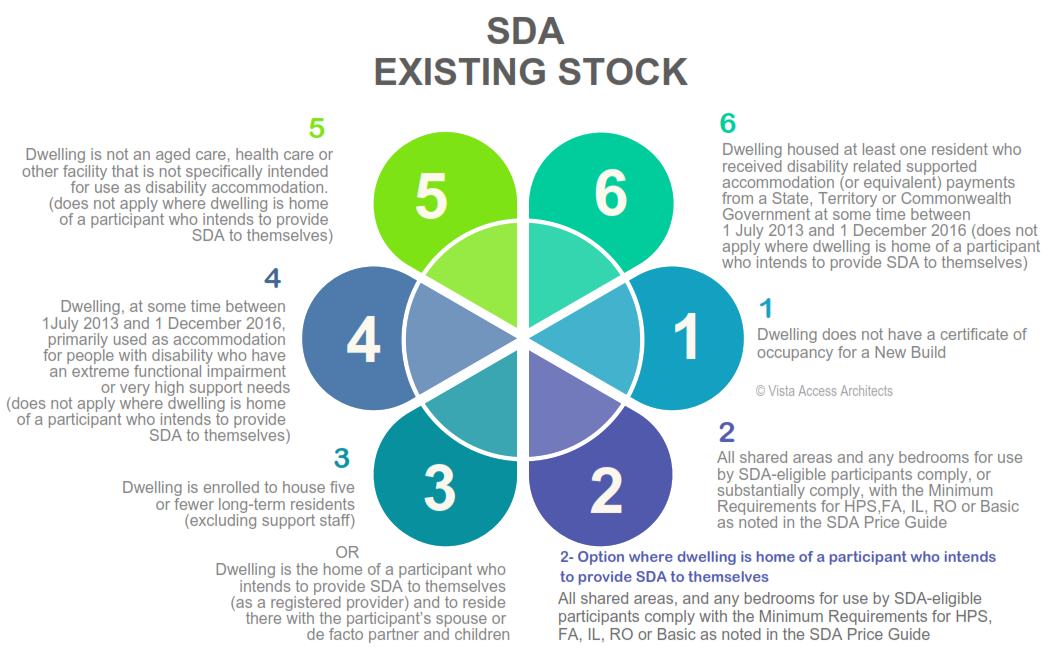
To qualify as a 'Legacy' under the NDIS SDA, the dwelling needs to comply
- All requirements for Existng Stock; except, no concessions are available for Participant intending to provide SDA to themselves as a registered provider and the dwelling is enrolled to house more than five long-term residents (excluding support staff).
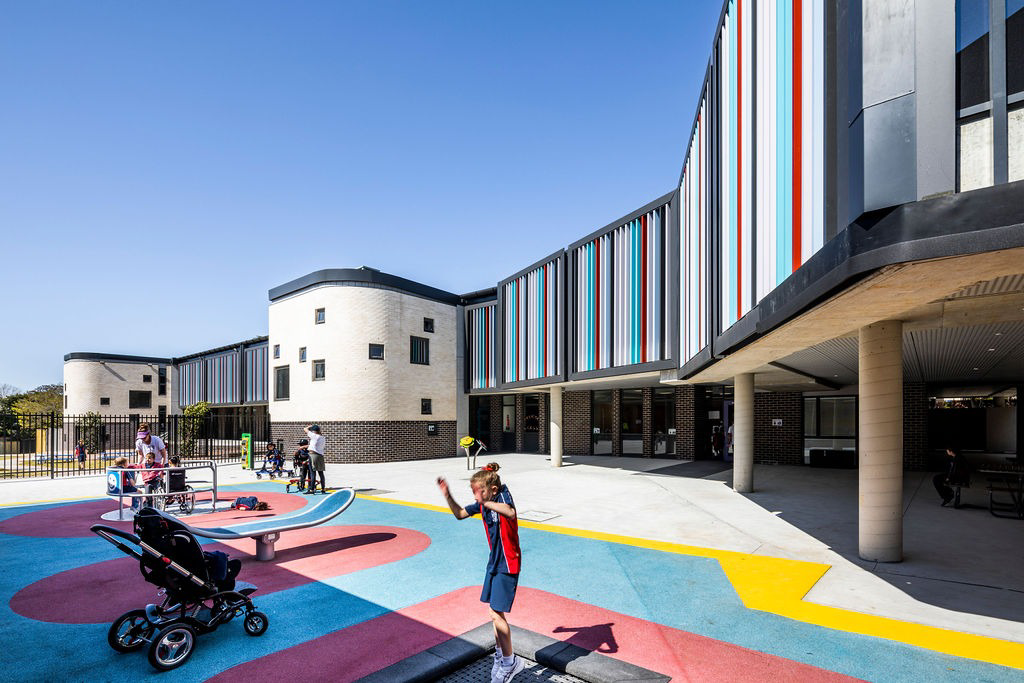


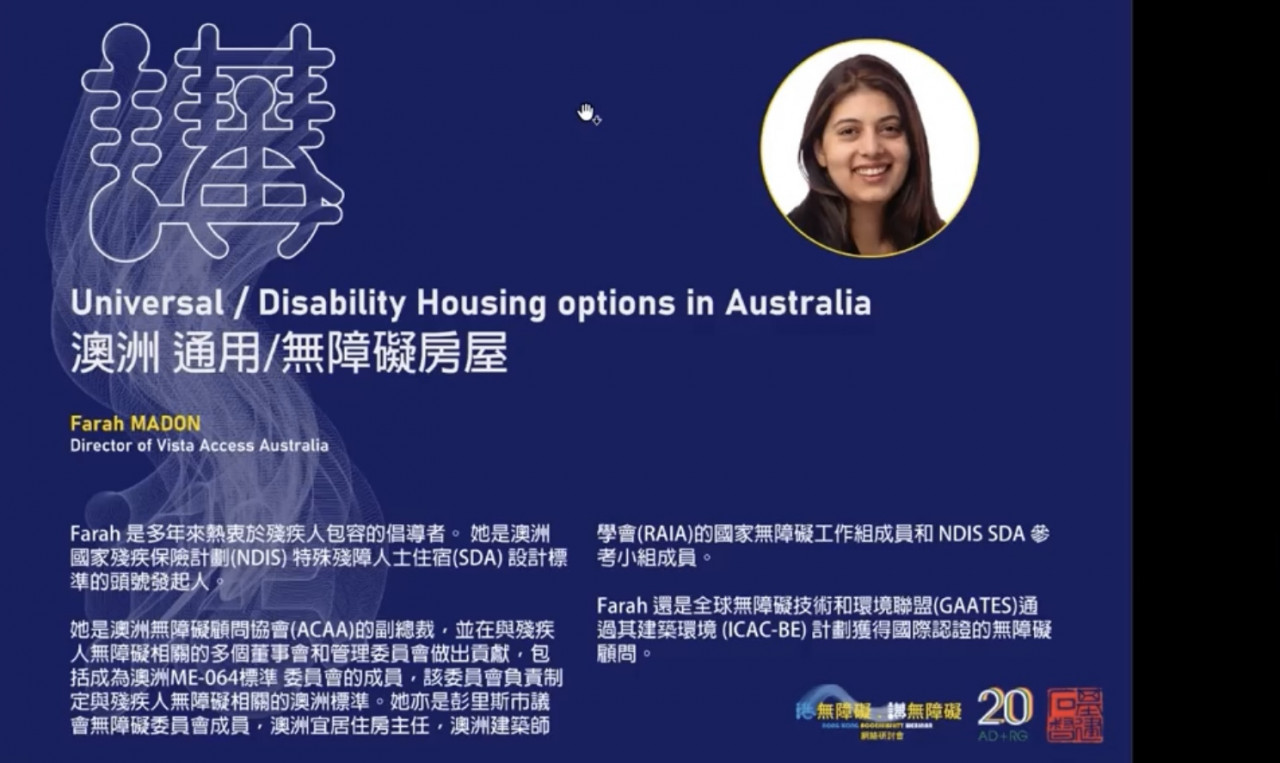

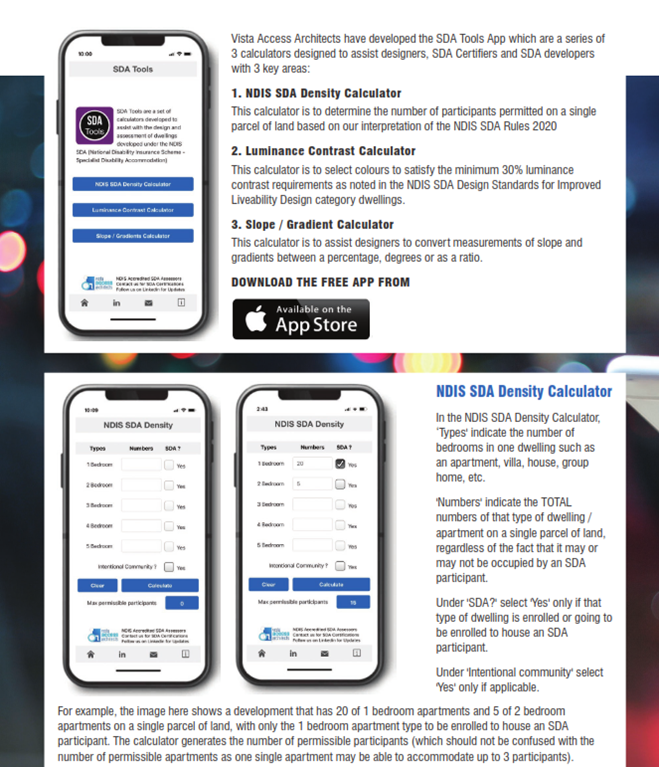

![[SDA Project at East Side Quarter, Penrith NSW]](/images/100/b2ap3_large_Penrith.jpg)

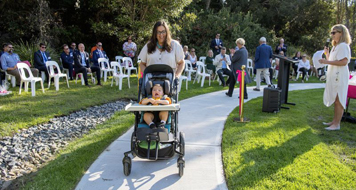 One of our pro-bono projects involved provision of access consulting services for a very long and complex wheelchair accessible pathway for children at
One of our pro-bono projects involved provision of access consulting services for a very long and complex wheelchair accessible pathway for children at  Vista Access Architects were delighted to provided pro-bono access consulting services to
Vista Access Architects were delighted to provided pro-bono access consulting services to 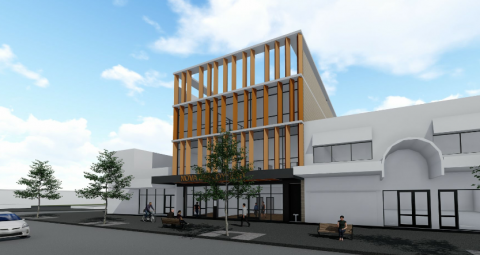
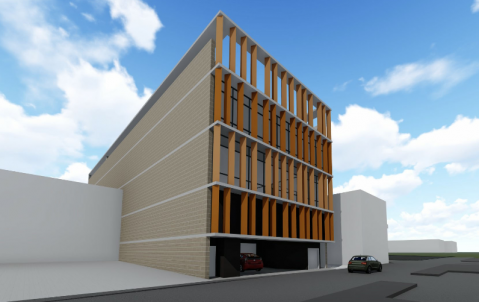
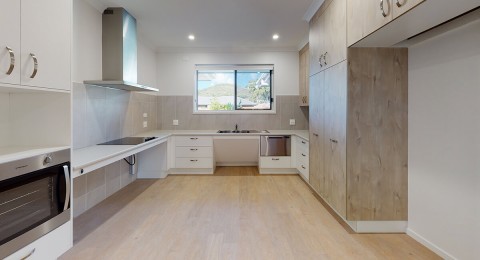
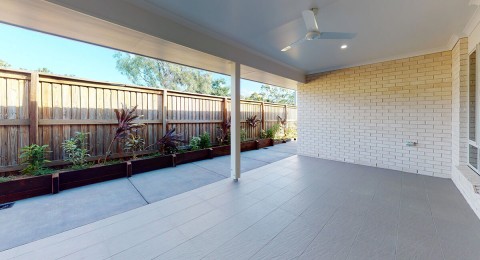
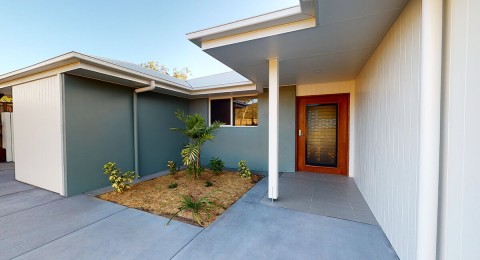
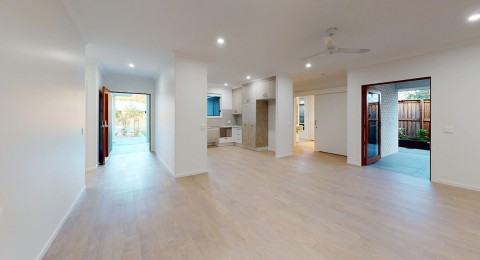
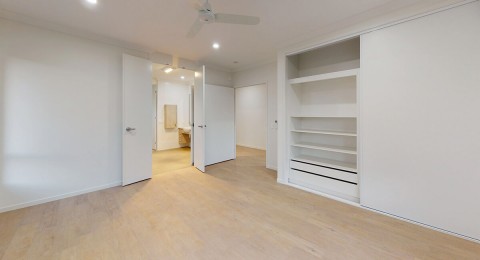
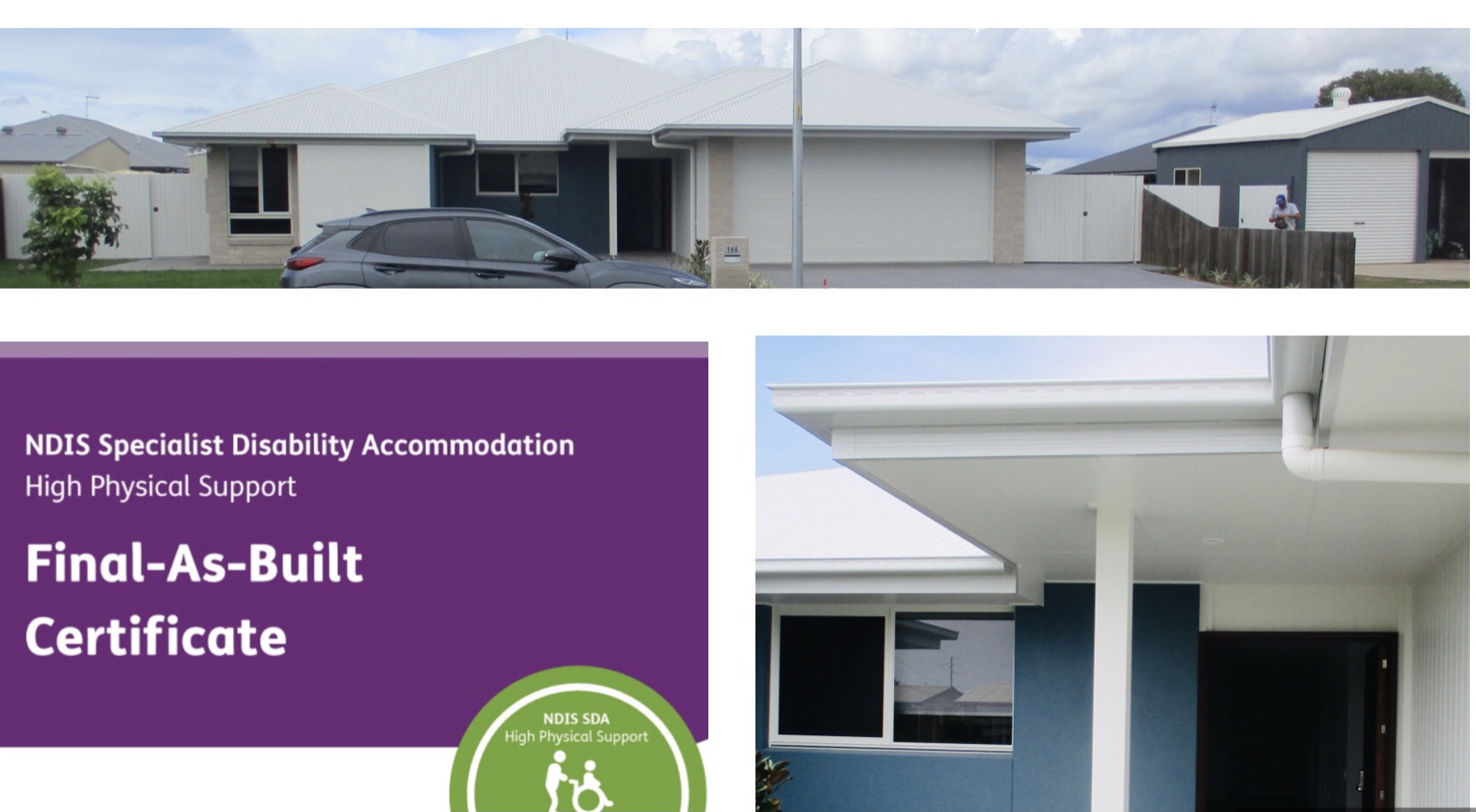









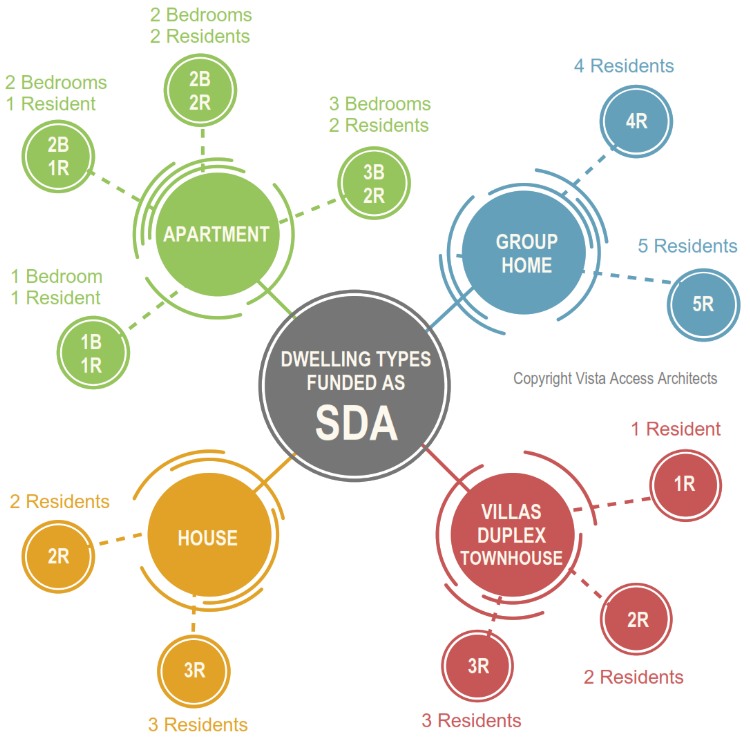
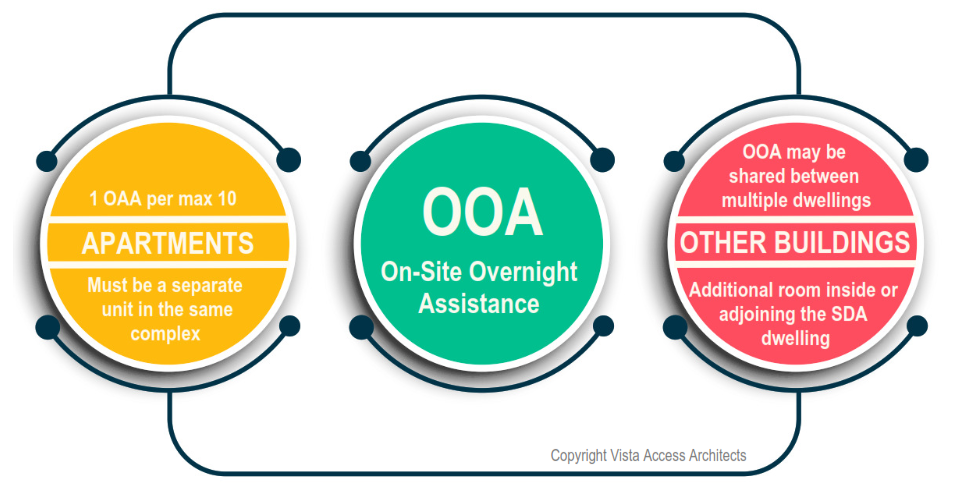
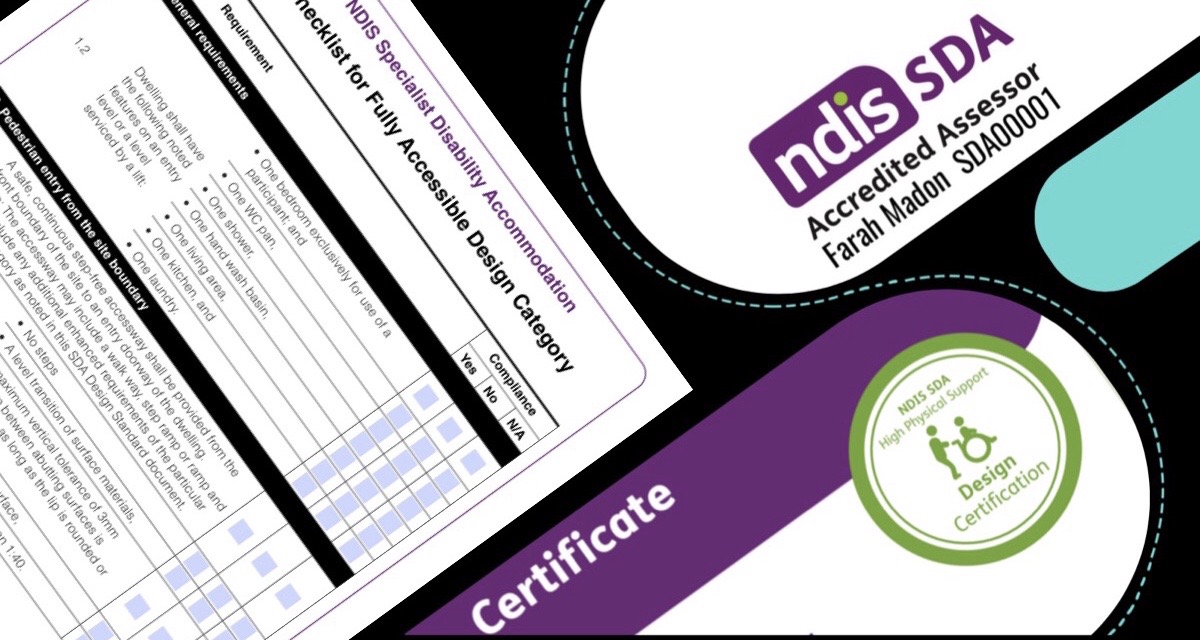 Is your SDA (Specialist Disability Accommodation) Assessor a NDIS Accredited SDA Assessor?
Is your SDA (Specialist Disability Accommodation) Assessor a NDIS Accredited SDA Assessor?
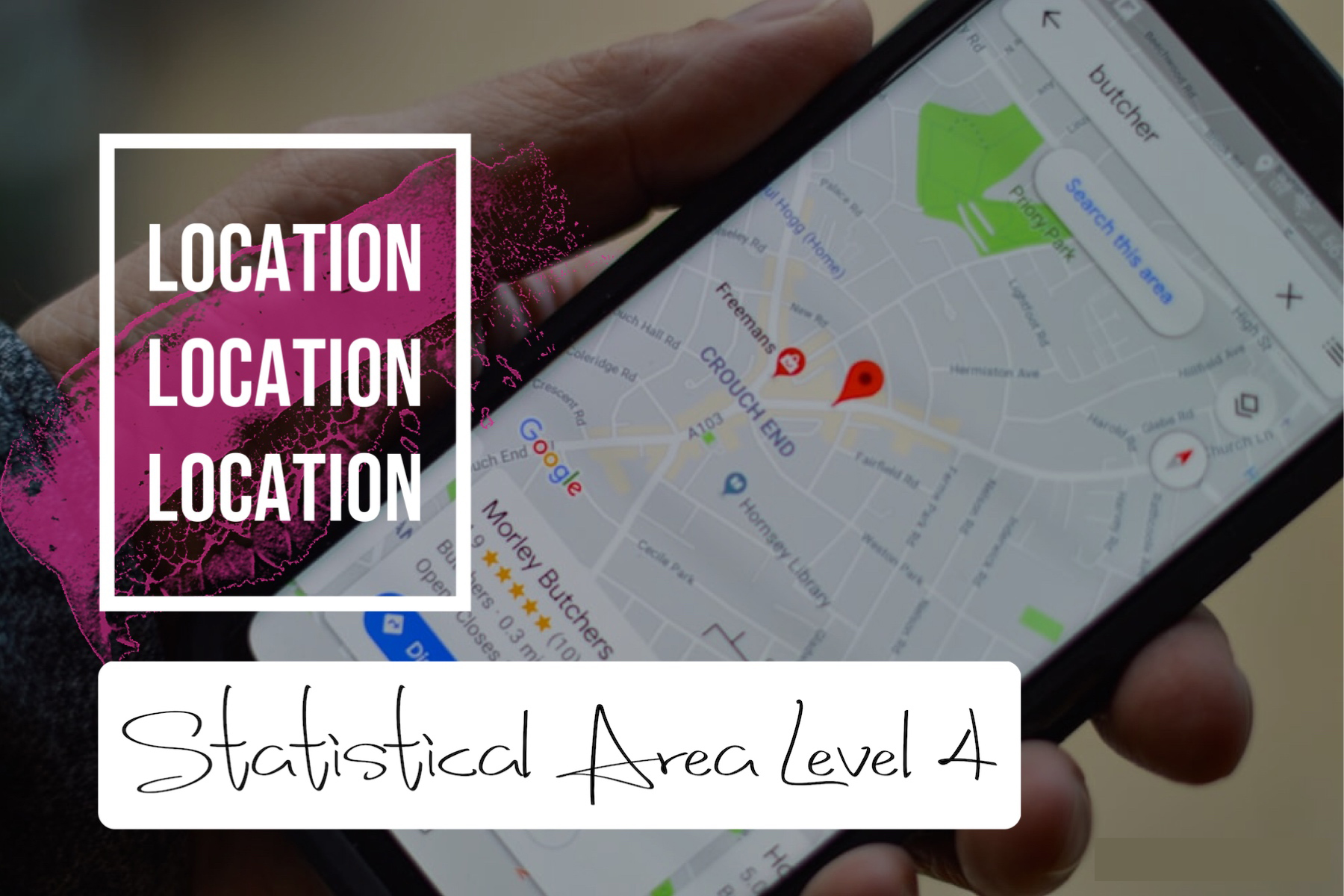 So what is SA4 area?
So what is SA4 area?![[Image description: Image above is a snapshot of a computer screen of a search for SA4 area on the Australian Bureau of Statistics website]](/images/50/b2ap3_large_Location2021.png)

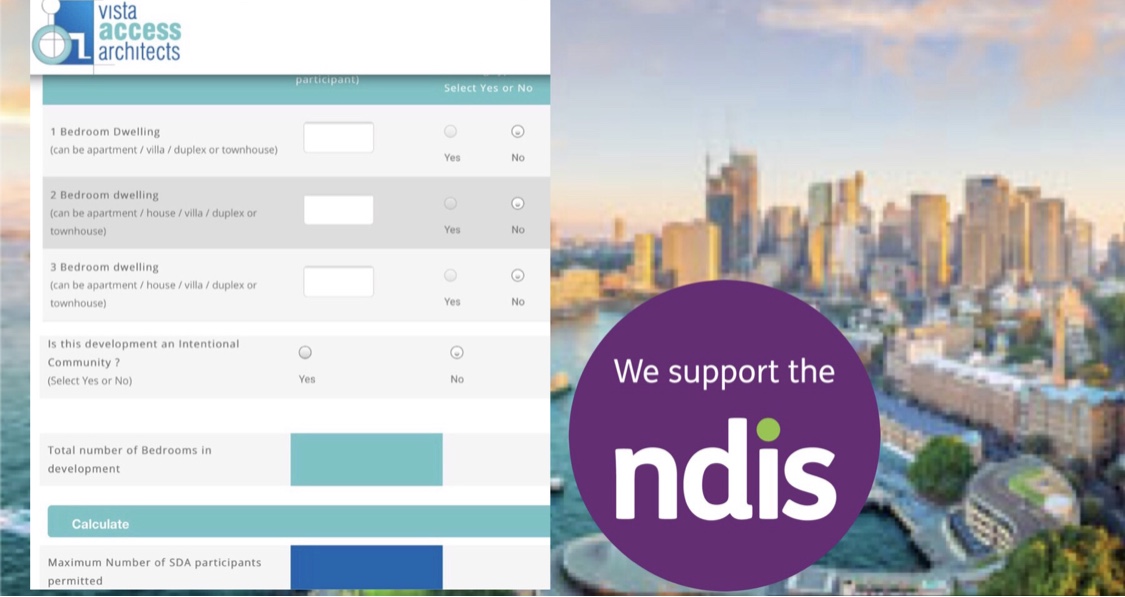
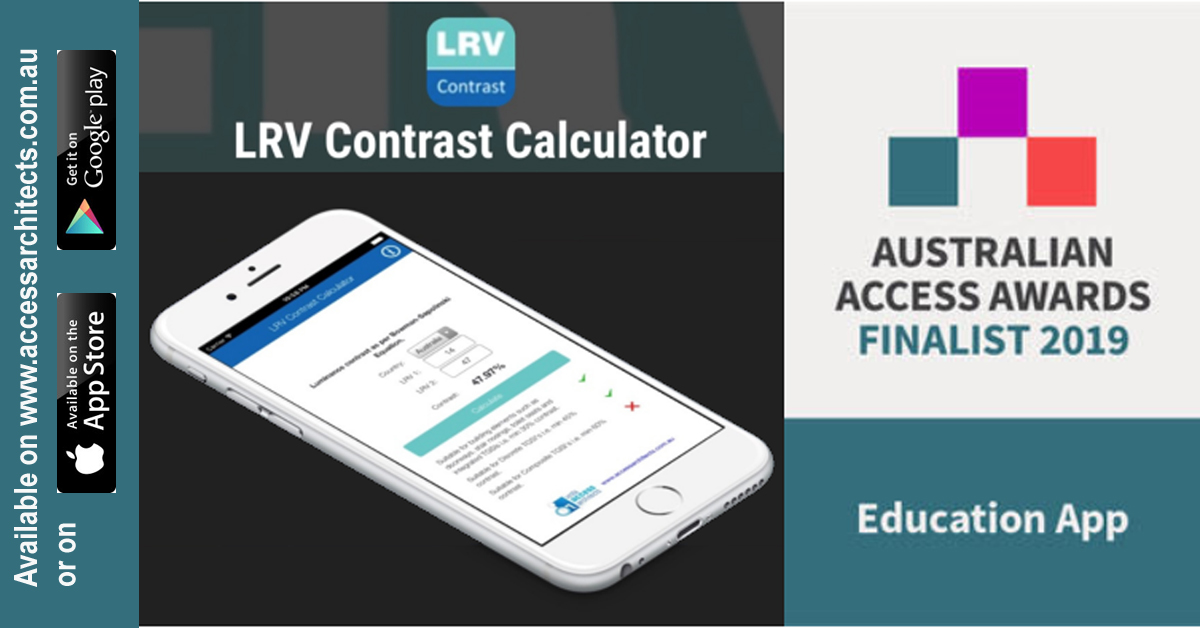 'LRV Contrast' App developed by
'LRV Contrast' App developed by 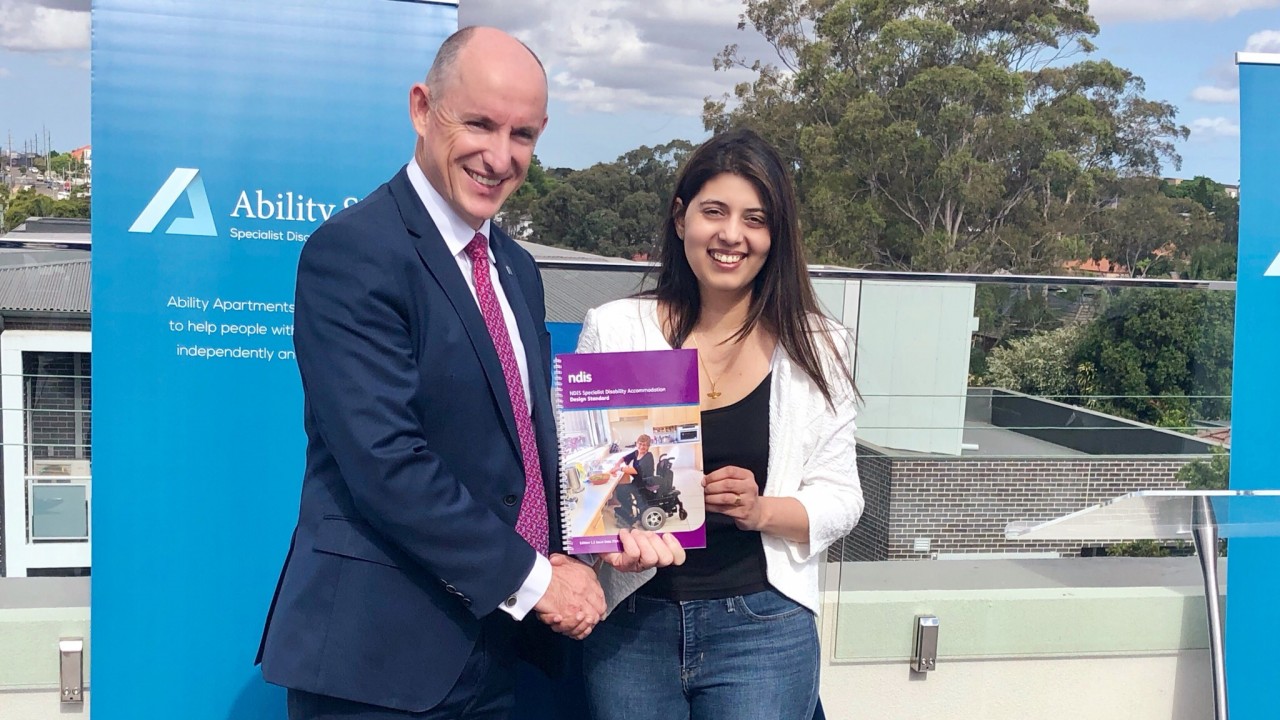
![[Farah Madon receiving the 2019 Access Inclusion Award] [Farah Madon receiving the 2019 Access Inclusion Award]](/images/43/b2ap3_large_2019--Access-Incusion-1.jpg) Farah Madon was awarded the 2019 Access Inclusion Award for being the Access Consultant for a Specialist Disability Accomodation designed by Stanton Dhal Architects which demonstrated an outstanding level of Access and Inclusion.
Farah Madon was awarded the 2019 Access Inclusion Award for being the Access Consultant for a Specialist Disability Accomodation designed by Stanton Dhal Architects which demonstrated an outstanding level of Access and Inclusion. 
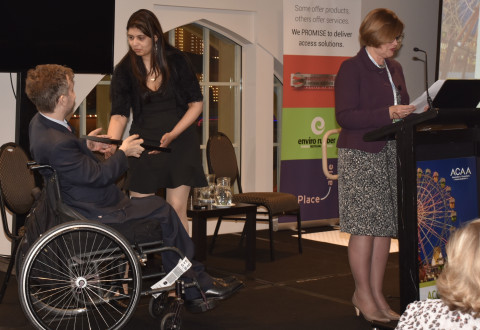
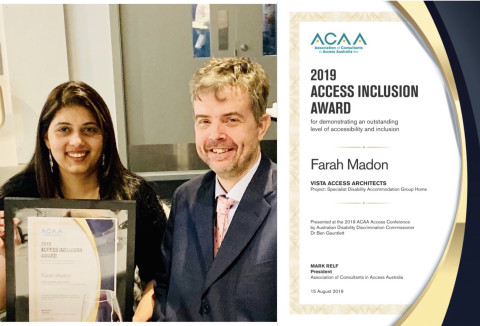
 Farah Madon was awarded the 2019 Penrith Citizen of the Year.
Farah Madon was awarded the 2019 Penrith Citizen of the Year.
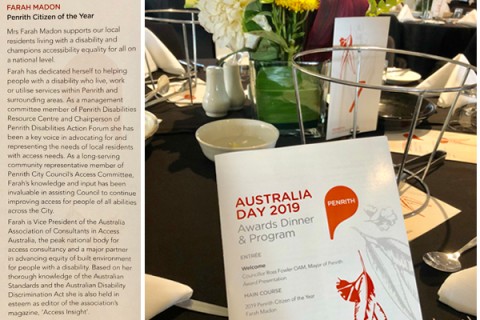

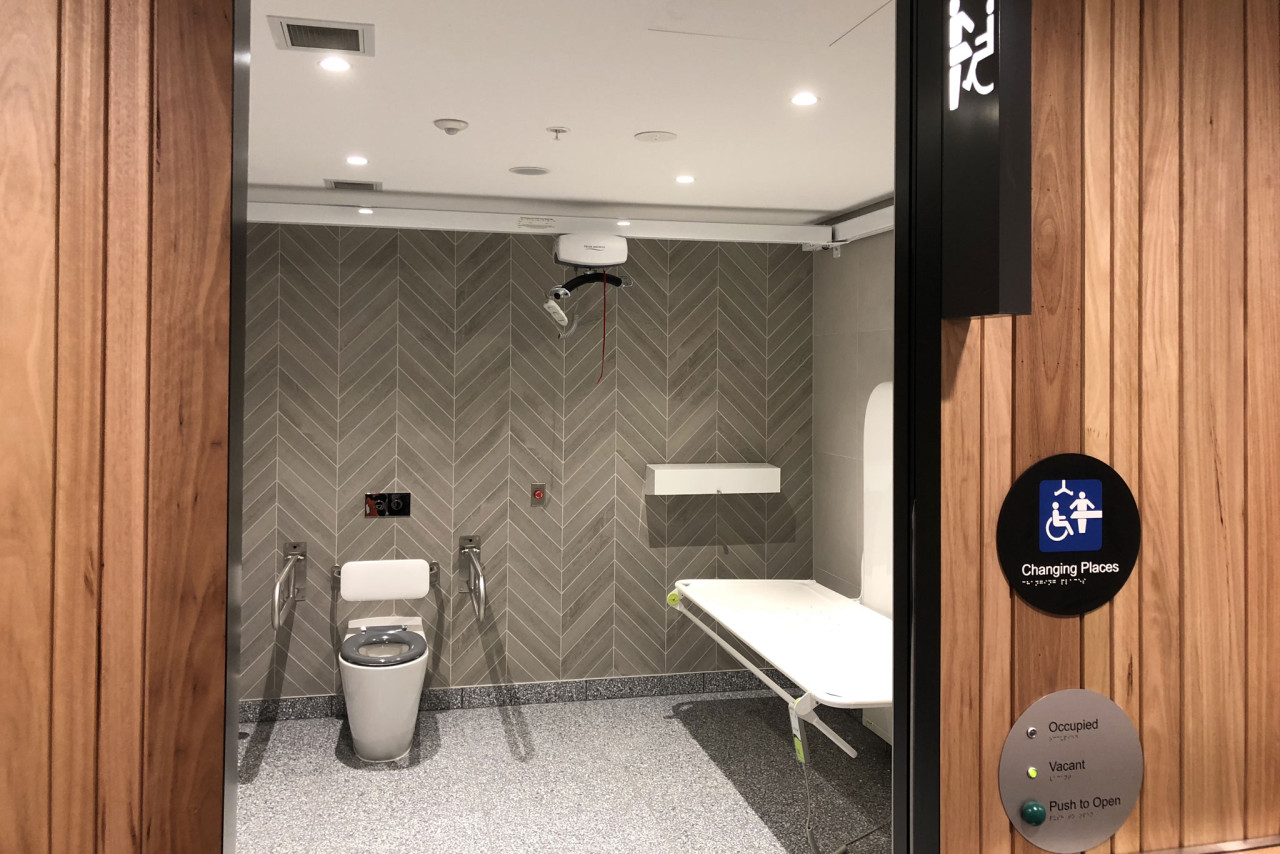
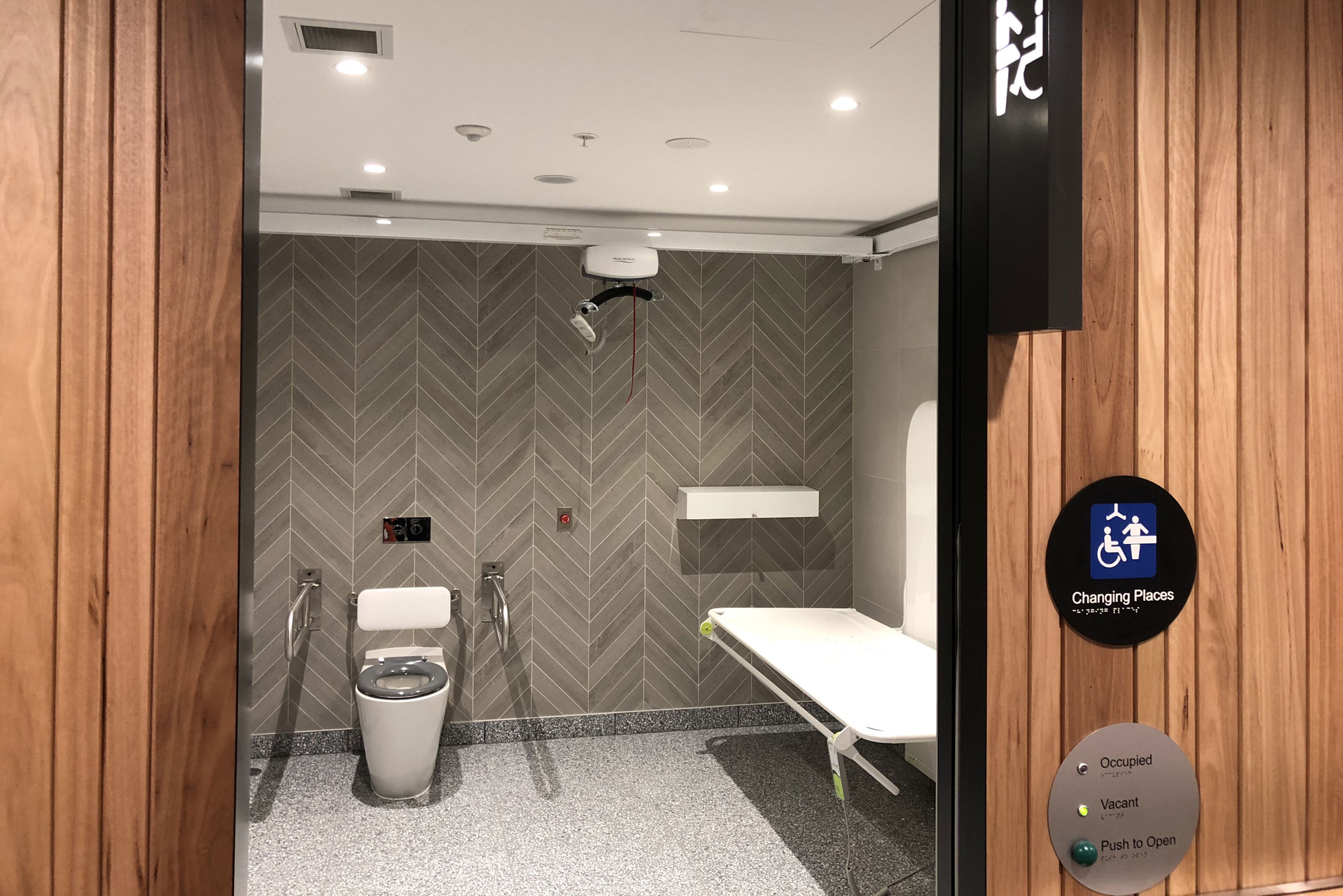 Vista Access Architects have just certified a new Changing Places facility at Westfield, Blacktown NSW.
Vista Access Architects have just certified a new Changing Places facility at Westfield, Blacktown NSW.